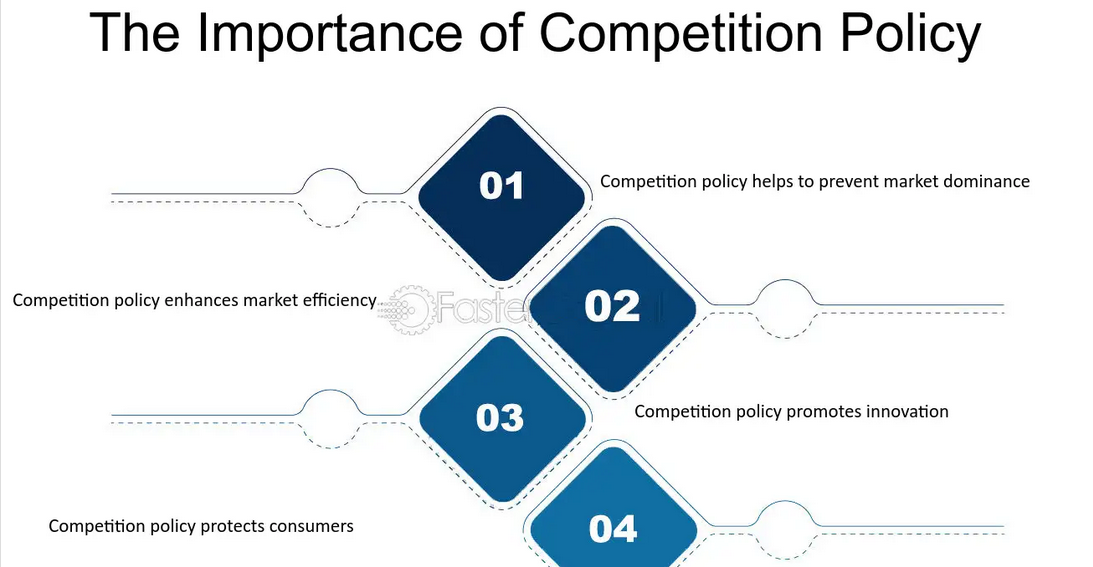Competition law, also known as antitrust law in some jurisdictions, plays a crucial role in promoting fair competition and protecting consumer welfare. Its primary aim is to ensure that markets remain competitive, preventing anti-competitive practices that could harm consumers, limit choices, and stifle innovation. This study highlights the role of competition law in promoting fair competition and protecting consumer welfare:

Preventing Anti-Competitive Practices:
Cartels and Price Fixing: Competition law prohibits agreements among competitors to fix prices, allocate markets, or rig bids. Such collusion reduces competition, raises prices, and harms consumers.
Market Entry and Exit:
Barriers to Entry: Competition law aims to eliminate or reduce barriers that prevent new competitors from entering a market. This fosters innovation, encourages new business models, and provides consumers with more choices.
Consumer Protection:
Consumer Choice: Healthy competition ensures a variety of products and services, giving consumers the freedom to choose based on price, quality, and other factors.
Market Transparency and Information:
Prohibiting Misleading Practices: Competition law addresses deceptive advertising, false labeling, and other practices that mislead consumers about the characteristics or prices of products.
International Cooperation:
Cross-Border Antitrust Enforcement: Given the global nature of many markets, competition law often involves international cooperation. Countries work together to address anti-competitive practices that may span multiple jurisdictions.
Enforcement and Remedies:
Investigations and Penalties: Competition authorities investigate alleged anti-competitive conduct and impose fines or other remedies when violations are identified.
Merger Control: Authorities review mergers and acquisitions to prevent transactions that could substantially lessen competition, potentially harming consumers.
By addressing these aspects, competition law aims to create an environment where businesses compete fairly, consumers have choices, and innovation is encouraged, ultimately leading to enhanced economic efficiency and consumer welfare.
